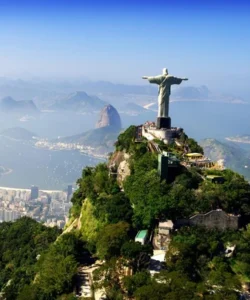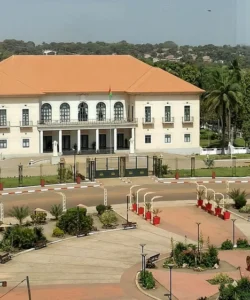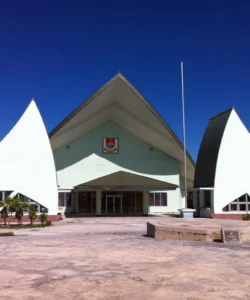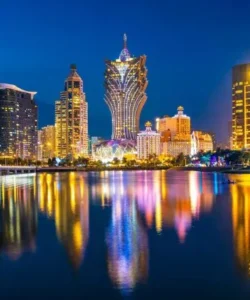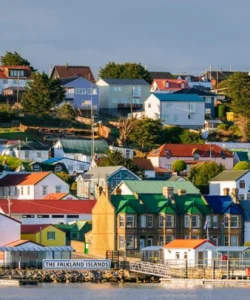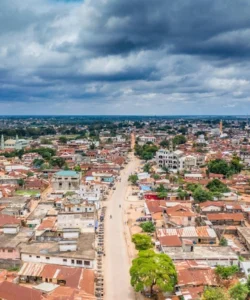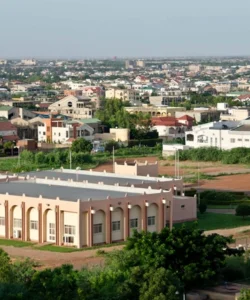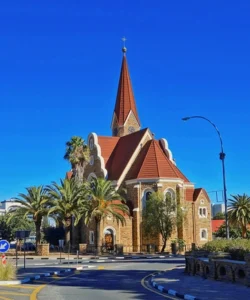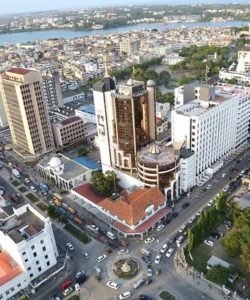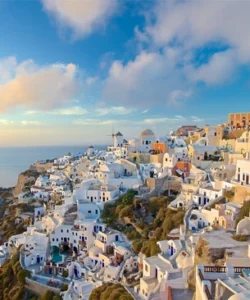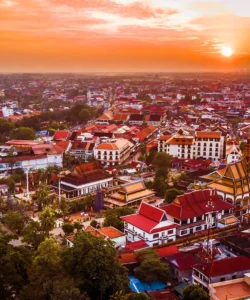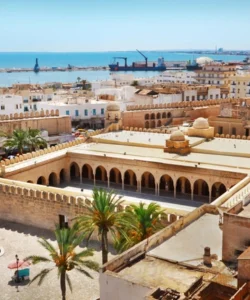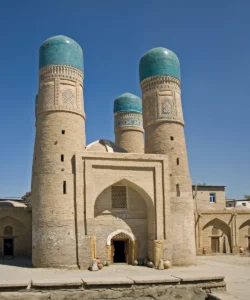Afghanistan, officially the Islamic Emirate of Afghanistan, is a landlocked country located at the crossroads of Central and South Asia. It has a rich and complex history, serving as a hub for trade and cultural exchange for centuries.
Listen to an introduction about Afghanistan
![]()
Area: Approximately 652,867 square kilometers (252,072 sq mi).
Population: As of 2023, the population is around 41.45 million, with projections to reach 76.88 million by 2050.
Language: The official languages are Dari (Afghan Persian) and Pashto. Dari is the more widely spoken language and serves as a lingua franca.
Currency: The currency of Afghanistan is the Afghani (AFN).
Religion: Sunni Islam is the largest and state religion, constituting between 84.7% and 89.7% of the population. Shia Muslims make up between 10% and 15%. Other religions are followed by a very small percentage of the population.
Capital: Kabul.
Major Cities: Besides Kabul, other significant cities include Kandahar, Herat, Mazar-i-Sharif, Kunduz, Jalalabad, and Ghazni.
Attractions & Wonders:
Afghanistan boasts a rich history and diverse landscapes. Notable attractions and sites include:
- Minaret and Archaeological Remains of Jam: A UNESCO World Heritage Site.
- Cultural Landscape and Archaeological Remains of the Bamiyan Valley: Another UNESCO World Heritage Site, famous for the Buddhas of Bamiyan (though destroyed, the site remains significant).
- Band-e Amir National Park: A series of stunning natural blue lakes, protected as a national park.
- Gardens of Babur (Bagh-e Babur) in Kabul: An early example of a Mughal garden.
- Citadel of Herat (Qala-e Ikhtiyaruddin): An ancient fortress with a long history.
- Blue Mosque (Shrine of Ali) in Mazar-i-Sharif: A magnificent and historically important mosque.
- Darul Aman Palace in Kabul: A grand, early 20th-century palace.
- Old Kandahar City Ruins: Remnants of the ancient city.
- Kajaki Dam in Helmand Province.
Architecture: Afghan architecture reflects a blend of influences from various empires and periods, including Islamic, Persian, and Central Asian styles. Examples include the grand mosques and mausoleums, ancient fortresses, and traditional mud-brick structures. Modern architecture, such as the Darul Aman Palace, also shows European influences.
Roads: Afghanistan’s road infrastructure includes regional and national highways connecting major cities and neighboring countries, as well as provincial, rural, and city roads. While significant investment has been made in road construction and repair, maintenance remains a challenge. As of 2015, there were over 123,000 kilometers of roads, with approximately 7,600 kilometers paved.
Hotels: Major cities like Kabul and Bamyan have hotels and guesthouses. The hotel industry is developing, with options ranging from budget-friendly guesthouses to larger hotels with various amenities.
Restaurants & Cuisine: Afghan cuisine is primarily based on the country’s staple crops like wheat, corn, barley, and rice, complemented by native fruits, vegetables, and dairy products. Key dishes include:
- Kabuli Pulao (Qabili Palau): Often considered the national dish, featuring spiced basmati rice with tender meat, carrots, and raisins.
- Mantu: Steamed dumplings filled with seasoned ground meat.
- Bolani: Stuffed flatbread, a popular street food.
- Aushak: Leek dumplings, often served with a yogurt sauce.
- Borani Banjan: Pan-fried eggplant simmered in tomato sauce and topped with seasoned yogurt.
- Kofta: Seasoned meatballs.
Desserts often include Firni, a milk pudding flavored with cardamom and rosewater.
Annual Travel: Tourism in Afghanistan is regulated by the Ministry of Information and Culture. Before 1978, tourism was at its peak. After a period of decline due to conflict, visitor numbers have seen a gradual increase. For instance, in 2023, approximately 7,000 tourists visited Afghanistan. Popular areas for tourists include Bamyan Province (for Band-e Amir and the Buddhas of Bamiyan site) and Kabul.










































